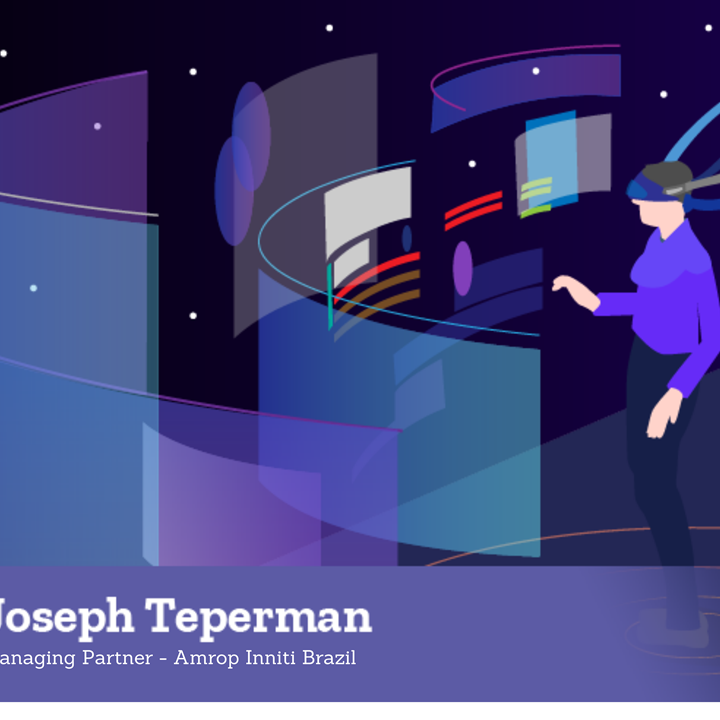A look at the present
People management and remote work
- Onboarding new staff remotely is chaotic, there is great difficulty in conveying company culture.
- Bill Gates says that corporate travel will be reduced by 50%. In the pre-pandemic period, airlines had an occupancy rate of 70% in the corporate segment and 30% in the leisure segment.
- Another of Bill Gates’ perceptions, shared by the group, indicates that more than 30% of working days in the office will disappear, i.e., that you can work from anywhere!
- There is concern about the fragmentation of the organizational culture of teams that are 100% home office.
- Monday to Friday, 8am to 5pm, working from offices, will no longer exist. Companies that are requiring employees to go back that way are having complaints and are already starting to lose good people.
- The employees of retail companies with physical stores, construction companies with on-site workers, among others, need to go to their workplace as there is no other option.
- To increase the sense of belonging for the remote staff the popular strategy is delivering kits, which include objects such as: pen, book, notebook, socks, etc.
- Creativity and investments in integration activities pay off, such as delivering pizzas to 50 people at the same time during a virtual meeting.
- The attention being paid to onboarding is relevant or talent loss and high turnover may occur, as in the example of a new trainee who spent three months at the company and ended up leaving due to lack of attention. He was not on the leaders’ radar and did not receive assignments or training!
- The waiting time between the hiring of the employee and the actual start of production is much longer. If before the pandemic it took three months to generate revenue for the new employee, now it is six months. This new collaborator feels very lonely. In the pre-pandemic era, senior staff could support and mentor the new employee by attending meetings. In recent months, this is not happening.
- There is a need to move from the "command and control" model to the "freedom and results" model, sharing objectives, tools, possibility of help and demanding results. For example, the use of Salesforce CRM, helps measure how the pipeline is going, time in calls, Zoom meetings, meetings scheduled for the future, etc.
Mental Health
- CEOs, through the HR area, must invest significant sums of money to assist many "disturbed" people.
- Companies are holding face-to-face meetings without the purpose of working, with the focus on humanizing relationships.
- Remote work continues to present many challenges. Working without colleagues around you can make you feel isolated at times and brainstorming meetings with others is not the same if you are not in the same space. Metaverse is a virtual room/space where collaborators can interact with each other, through digital objects. Collaborative environments like these substantially increase productivity and are already in use.
Remuneration and competition for talents
- Executives living in their home countries can earn substantially higher salaries from abroad by working remotely.
- It is possible to reduce salaries if workers move to lower cost-of-living areas and are allowed to work remotely.
Looking to the future
Technologies that are transforming the work environment
- Coworking spaces as a remote alternative vs. staying at home. Houses have many distractions, little structure, inadequate chairs, etc. In coworking spaces, it is possible to solve these drawbacks, and have advantages for companies (saving office space) and people (greater comfort), as well as greater flexibility in start and end times, etc.
- Horizon Workroom is an application developed by Facebook to improve the collaborative experience of remote work. It is a metaverse that allows in the same virtual room the complete experience of body language through an avatar, providing a more realistic interaction for the remote corporate work environment. Those present agree that, with the arrival of 5G, the digital experience will improve. See the experience in this link: Horizon Workroom Link
- Neat was created to give Zoom users the best experience in hybrid or fully virtual meetings, taking video conferencing to a whole new level. This device shows everyone at a large conference table, including their expressions and movements during the meeting. This way, whoever remotely participates in the meeting sees everyone in the most natural/real way, as you can see in this link: Neat Link
- Density designs and manufactures technology that optimizes people’s use of space in order to make better use of physical space, analyzing its use in real time to size the real need of the required office space, know the experience in this link: Density Link
Teaching and learning environment
- Colleges and Universities: to remain competitive, must offer a valuable environment and content to their students. How these institutions prepare and make available physical and virtual spaces will make the difference.
- Learning Hubs: technology-rich learning environments with both physical and virtual components (e.g., physical and digital whiteboards) that provide formal and informal opportunities for students to meet with peers, faculty, and other experts in their field.
- Courses: universities and colleges that best design hybrid ways of teaching their subjects will achieve significant market share.
- Public Schools: During this time in Brazil, for example, 40% of students attend on-site and 30% by distance learning. In other words, the remaining 30% of students have dropped out of school!


